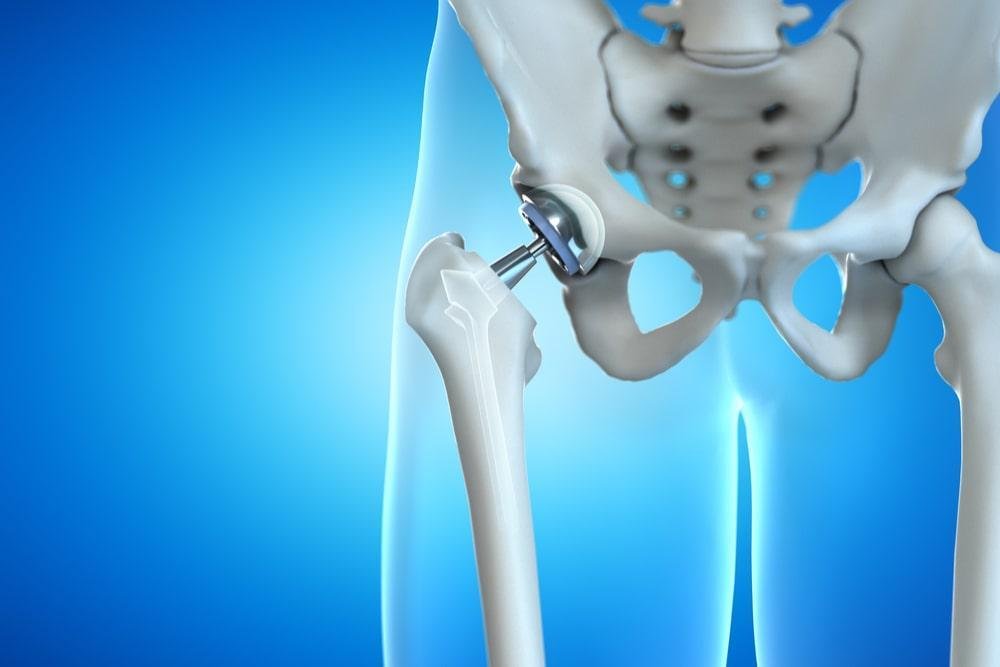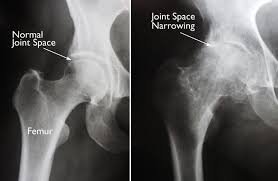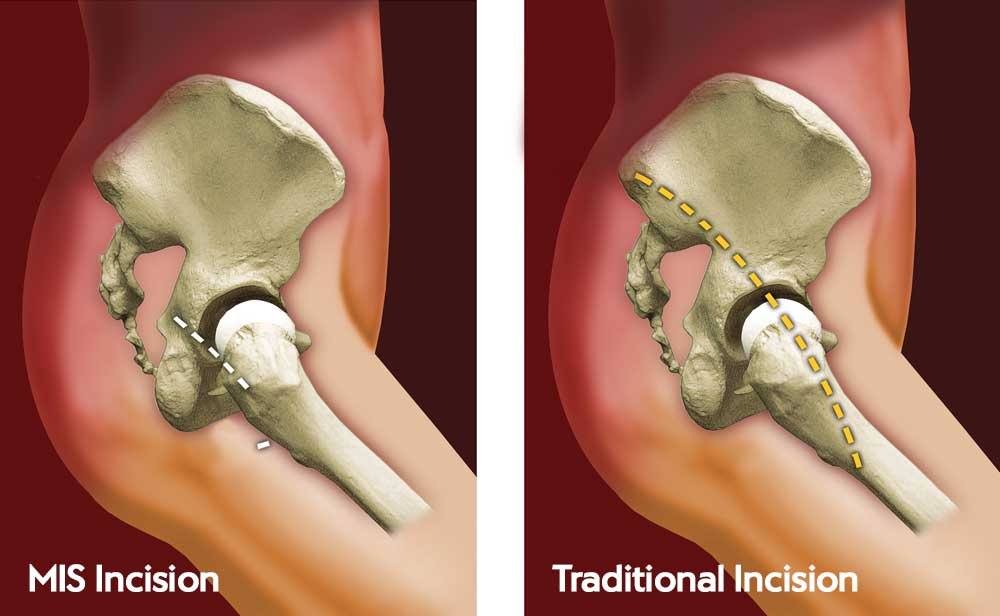Hip Replacement
Hip Replacement Surgeon

What is Hip Replacement Surgery?

Why Do You Need Hip Replacement Surgery?
When to Have a Hip Replacement Surgery?
Deciding when to have hip replacement surgery depends on the severity of your symptoms, how much they affect your daily life, and whether non-surgical treatments are no longer effective. It’s a major decision, usually made in consultation with an orthopedic specialist. Hip replacement surgery is typically considered when pain, stiffness, and limitations in daily activities due to a damaged hip joint persist despite other treatments, and when the condition significantly impacts quality of life.

Hip replacement surgery Procedure
Anesthesia: Either general anesthesia (asleep) or spinal anesthesia (numb from the waist down) Decision based on patient health and surgeon’s recommendation
Incision: A small incision (typically 3–8 inches) is made over the hip Minimally invasive techniques may be used for faster recovery
Implant Placement : A metal socket is inserted into the hip socket (often with a plastic or ceramic liner) A metal or ceramic ball is attached to a metal stem, which is inserted into the thigh bone (femur)
Frequently Asked Questions (FAQs)
Total Hip Replacement (THR): Replaces the ball (femoral head) and socket (acetabulum)
Partial Hip Replacement (Hemiarthroplasty): Only the ball is replaced
Minimally Invasive Hip Replacement: Smaller incisions, faster recovery
Revision Surgery: Replaces worn-out or failed implants
The procedure typically lasts 1 to 2 hours, depending on the complexity and technique used.
Most patients stay 1 to 3 days in the hospital. Some may qualify for same-day or outpatient procedures.

